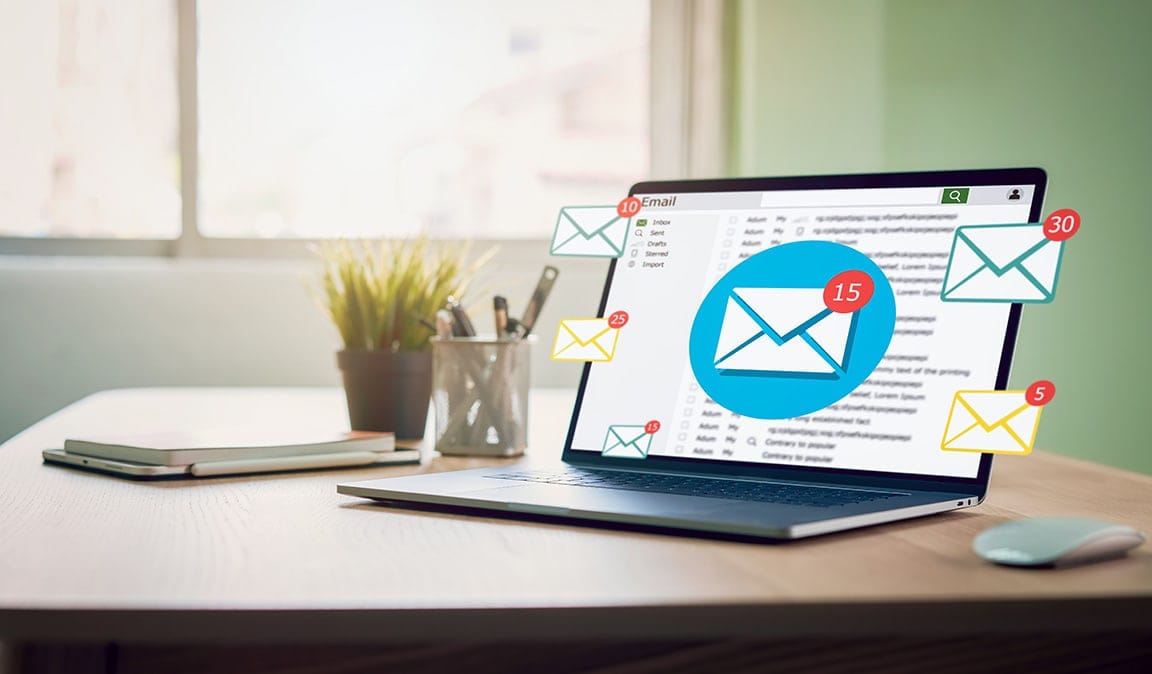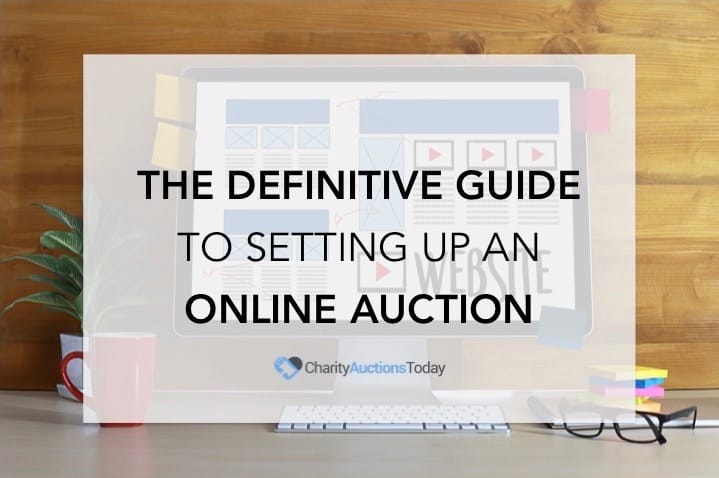Salesforce can be a powerful tool for businesses and nonprofits. This CRM (customer relationship management) software has a long history of helping organizations to manage sales, marketing, customer service and more.
While Salesforce was originally built for business needs, it offers some products specifically tailored to nonprofit organizations. We’ll break down the features of these tools and their pricing so that you can decide if they, or the suite of Salesforce’s business tools, are right for you and your organization.
Salesforce Is Powerful — But Can It Run Your Auction?
You’ve explored how Salesforce handles donor data, workflows, and analytics. Now deploy a full fundraising engine — launch your auction with a platform that integrates with CRMs like Salesforce and supercharges donor engagement.
Launch Your Auction + CRM WorkflowWhat is Salesforce?
Salesforce at its core is a CRM, a customer relationship management system. This software helps you keep track of current and potential customers and your communications with them. It can also store customer information, service issues, and help you coordinate and launch marketing initiatives.
Salesforce offers cloud-based software that can help businesses (and nonprofits) organize their databases of customer contacts, automate marketing campaigns, and provide analytics on the success of their sales and marketing efforts. Dashboards can help different team members stay up to date on projects and ongoing outreach to customers.
With Salesforce you can track customer communications even across different channels, and your combined customer data can tell you more about who is looking for your product or service and why. The ability to see all your sales and marketing data in one place is an invaluable tool to your organization’s management and direction.
Who should use a CRM? Anyone who does consistent outreach to contacts, whether they be customers or donors. Even small businesses and SMB nonprofits can benefit from using a CRM: it’s much simpler and more powerful than trying to keep everything organized in spreadsheets.
What is Salesforce for Nonprofits?
Salesforce appreciates the mission of nonprofits and charities, and so has tailored some of their solutions to organizations looking for donations as opposed to sales. These two tools can help you organize donor and grantee information, ticket sales, and even volunteers.
Salesforce Nonprofit Success Pack (NPSP)
Salesforce’s Nonprofit Success Pack is provided via Salesforce AppExchange. This open-source application is a customizable solution that can help organizations track donations, pledges, recurring gifts, planned gifts, and revenue.
Its configurability makes the NPSP a flexible option that can grow alongside your organization. The NPSP is used by thousands of organizations for its flexibility and (importantly) because it’s free. However, this app has a bit of a learning curve and no available support or training to accompany it.
Salesforce Nonprofit Cloud
Nonprofit Cloud is Salesforce’s paid solution for nonprofit organizations. This is a complete, standalone solution, and thus requires less setup than NPSP. This tool can help you organize your program, marketing, and fundraising operations and make them accessible to anyone in your organization. As a cloud-based solution, Nonprofit Cloud offers a flexible, comprehensive one-stop shop for nonprofits.
Salesforce Pricing Considerations
Salesforce’s main CRM tool offers a variety of plans that begin at $25 per month for their Starter Suite and work up to the Unlimited plan at $330 per month. Note that the Starter Suite offers limited access to their collection of tools, offering mainly lead and opportunity management. This primary version of Salesforce is not tailored to nonprofits’ needs, but we wanted to include the comparison.
Salesforce offers its nonprofit tools at slightly different rates. While its NPSP is free on Salesforce AppExchange, this tool is flexible and customizable, but this means you need some technical know-how to operate it and make it function according to your organization’s needs.
Salesforce Nonprofit Cloud requires less tech savvy and is $60 per month, per user for their Enterprise plan. It is also available at an Unlimited plan at $100 per month.
Happily, Salesforce’s Power of Us Program provides 10 free licenses to eligible nonprofits. If you are a tax exempt 501(c)(3) or 501(c)(4) you can apply for offers and discounts.
Benefits of Salesforce for Nonprofits
- Personalized reports: Salesforce can help synthesize your data into actionable insights.
- Efficient dashboards: Dashboards make it easy for people across your organization to see the effectiveness of their work and decide on new directions for collaboration.
- Email templates: Salesforce comes preloaded with email templates that can be customized quickly for each contact you have.
- Social media tracking: Salesforce can help you connect the dots between constituents’ and their social profiles, so you can track communications across different channels.
- Access to other apps for nonprofits: Salesforce offers a number of additional apps that can help nonprofits achieve more. The Salesforce AppExchange offers a variety of event management apps, while Salesforce Elevate offers mobile-friendly donation forms. These apps aren’t necessarily free, but Salesforce does offer discounts to eligible organizations.
Final Thoughts
Salesforce is just one of many CRMs out there. Some were built from the ground up with nonprofit needs in mind, like Classy or Bloomerang.
Whether you choose Salesforce for nonprofits or another solution, a CRM is vital to running your organization. Once your communications hit a certain threshold, keeping track of them will be too cumbersome without a CRM.
Not only that, but a CRM will give you the chance to spot inefficiencies, gain insight into your donor’s demographics and preferences, and help you run marketing and fundraising initiatives.
Frequently Asked Questions
What is Salesforce for Nonprofits?
Salesforce is a customizable CRM used by nonprofits to manage donors, programs, volunteers, events, grants, and communications in one place—so teams can see a 360° view of supporters and impact.
What’s the difference between Nonprofit Success Pack (NPSP) and Nonprofit Cloud?
NPSP is a long-standing set of packages that tailor Salesforce’s data model for nonprofits (households, donations, recurring gifts). Nonprofit Cloud is Salesforce’s newer, expanded product set for fundraising and program delivery. Many orgs still run NPSP, others use Nonprofit Cloud, and some use a mix. Check current packaging and licensing before you decide.
Which nonprofit functions can Salesforce manage out of the box or with add-ons?
- Fundraising: donations, pledges, recurring gifts, opportunities.
- Programs & services: enrollments, attendance, outcomes.
- Volunteer management: jobs, shifts, hours, recognition.
- Grants: applications, cycles, reporting.
- Marketing & email/SMS journeys, events & ticketing.
How do nonprofit licenses work and are there donated licenses available?
Salesforce offers nonprofit-priced licenses, and eligible orgs often receive a bundle of donated licenses through its philanthropic program (commonly called “Power of Us”). Terms can change—review current eligibility and limits before budgeting.
How long does implementation take for a typical nonprofit team?
- Small org (donor tracking only): ~4–8 weeks.
- Mid-size (fundraising + email + basic programs): ~8–16 weeks.
- Multi-program or multi-site with integrations: phased over several months.
Timelines depend on data complexity, integrations, and team availability.
How does the nonprofit data model handle households and contacts?
NPSP/Nonprofit data models link Contacts (people) to Accounts (households or organizations), with Affiliations to track roles (e.g., board member at a company). Donations are tracked as Opportunities related to accounts/contacts.
Can Salesforce track recurring gifts, soft credits, and tributes?
Yes. Recurring donations, soft credits (influence/solicitor credit), and tribute/memorial fields are supported in nonprofit configurations so you can credit households and champions accurately.
How do we collect donations online and connect them to Salesforce records?
Use native donation pages or third-party giving tools connected via apps/integrations. Map fields like amount, campaign, tribute, and employer match so new gifts and contacts flow into Salesforce automatically.
Should we use Marketing Cloud, Account Engagement, or an external email tool?
It depends on your list size, automation needs, and budget. Many nonprofits start with a simpler email/SMS tool integrated to Salesforce and later adopt more advanced journey tools if needed.
What reports and dashboards are most useful for nonprofit teams?
- Giving: total raised vs. goal, average gift, retention, LYBUNT/SYBUNT.
- Pipelines: major gifts stages, tasks, and moves management.
- Programs: enrollments, services delivered, outcomes by cohort.
- Volunteers: hours by role/site and recognition milestones.
What systems commonly integrate with Salesforce at nonprofits?
- Accounting and payment processors for reconciliation.
- Web forms, event ticketing, auctions/mobile bidding software.
- Help desks, volunteer portals, learning management, and texting tools.
How does Salesforce handle security and data privacy for nonprofits?
Admins can enforce MFA, profiles/roles, field-level security, IP restrictions, audit logs, and data retention controls. Always follow your organization’s policies and applicable laws. (General information, not legal advice.)
Do we need a dedicated Salesforce admin or an external consultant—or both?
Small teams often start with a part-time admin and a consultant for implementation. As usage grows, a certified in-house admin (or small RevOps team) keeps data clean, builds automation, and trains users.
What’s the best approach to migrate data from spreadsheets or another CRM?
- Audit and clean data (dedupe, standardize, fix picklists) first.
- Map fields to the nonprofit data model and test with a sample.
- Load in logical waves (accounts/contacts → donations → activities).
How should we automate tasks—Flow, code, or third-party apps?
Use Salesforce Flow for most admin-friendly automation. Reserve custom code or specialty apps for complex logic or integrations. Document every automation and monitor for conflicts.
What costs should we plan for beyond licenses (TCO)?
- Implementation and data migration services.
- Add-on apps (email/SMS, forms, payment gateways, portals).
- Training, admin time, and ongoing governance.
How do we ensure user adoption after go-live?
- Create role-based training and simple job aids with screenshots.
- Start with a pilot group and gather feedback for quick wins.
- Hold monthly office hours and track adoption in dashboards.
What common mistakes should nonprofits avoid with Salesforce?
- Skipping data cleanup and deduplication before import.
- Over-customizing without governance or documentation.
- Neglecting training, sandboxes, and change management.
Do we need a sandbox and formal user acceptance testing (UAT)?
Yes. Build and test new fields, flows, and integrations in a sandbox first. Run UAT with real users and sample data before deploying to production to reduce risk.
How do we manage data long-term—and what if we ever need to switch systems?
Create a governance plan: data standards, dedupe schedule, field owners, and documentation. Keep routine backups and confirm your ability to export all data so you maintain portability and compliance over time.
💡 Try this in ChatGPT
- Summarize the article "A Guide to Salesforce for Nonprofits" from https://ghost.charityauctionstoday.com/p/a-guide-to-salesforce-for-nonprofits/ in 3 bullet points for a board update.
- Turn the article "A Guide to Salesforce for Nonprofits" (https://ghost.charityauctionstoday.com/p/a-guide-to-salesforce-for-nonprofits/) into a 60-second talking script with one example and one CTA.
- Extract 5 SEO keywords and 3 internal link ideas from "A Guide to Salesforce for Nonprofits": https://ghost.charityauctionstoday.com/p/a-guide-to-salesforce-for-nonprofits/.
- Create 3 tweet ideas and a LinkedIn post that expand on this Guides topic using the article at https://ghost.charityauctionstoday.com/p/a-guide-to-salesforce-for-nonprofits/.
Tip: Paste the whole prompt (with the URL) so the AI can fetch context.
Tom Kelly
Tom Kelly, TEDx speaker and CEO of CharityAuctions.com, helps nonprofits raise millions through auctions and AI. He hosts The Million Dollar Nonprofit podcast and inspires leaders to live their legacy, not just leave it.
Table of contents
Create Your Auction
Raise 40% more with smart bidding tools






